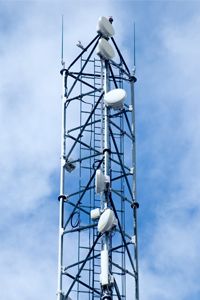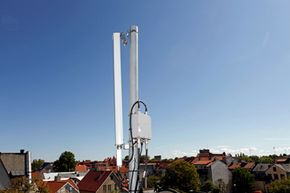You're lost in a city of 6 million people. It's midnight, you're in a scary neighborhood and you desperately need directions to your hotel. No problem. Just whip out your smartphone, which will bail you out of this sticky situation by providing detailed, interactive maps.
There's just one problem -- your phone's data connection is achingly, exasperatingly slow. So slow, in fact, that you finally give up on your much-cursed phone. And then you buy a map at a gas station.
Advertisement
Without a speedy data connection, your smartphone seems, well, pretty dumb. No matter how expensive or fancy your phone, you still depend on a wireless network to deliver the goods – the data, that lifeblood of all things digital. And the current generation of 3G (third-generation) networks, while speedy, often can't provide a dependable mobile Internet experience.
What your suffering smartphone really needs is the kind of broadband (high-speed) Internet service that you tap into on your home computer. You need mobile broadband. You need 4G. And so does everyone else.
In 2009, for the first time, network traffic for mobile broadband exceeded traffic for voice calls [source: Ericsson]. And demand for data will be 33 times higher by 2020 [source: 3GPP]. As more and more people buy mobile devices that require lots of data, networks have to keep up.
To do that, service providers (called carriers or operators depending on your location) are investing heavily in their infrastructures, meaning the hardware and software that makes cell communications possible. By some estimates, they'll spend as much as $53 billion in the United States alone, in large part to support the expansion of faster networks, often referred to as 4G (fourth-generation) [source: Fool.com].
But what exactly are 4G networks? And why are they the subject of so many loud, brash commercials? What makes them different from old-school 2G networks, which primarily worked for voice calls? And how can you tell a 4G network apart from 3G?
The answers aren't always as clear cut as we'd like them to be. In a sense, the world of 4G is as disorienting as being lost in a megalopolis without your collection of online maps.
But have no fear. We'll steer you through the acronyms and the marketing convolutions and guide you past the skyscrapers of techno mumbo-jumbo. Along the way, we'll show you how lickety-split 4G speed could power the mobile Internet into a new age.
Advertisement





